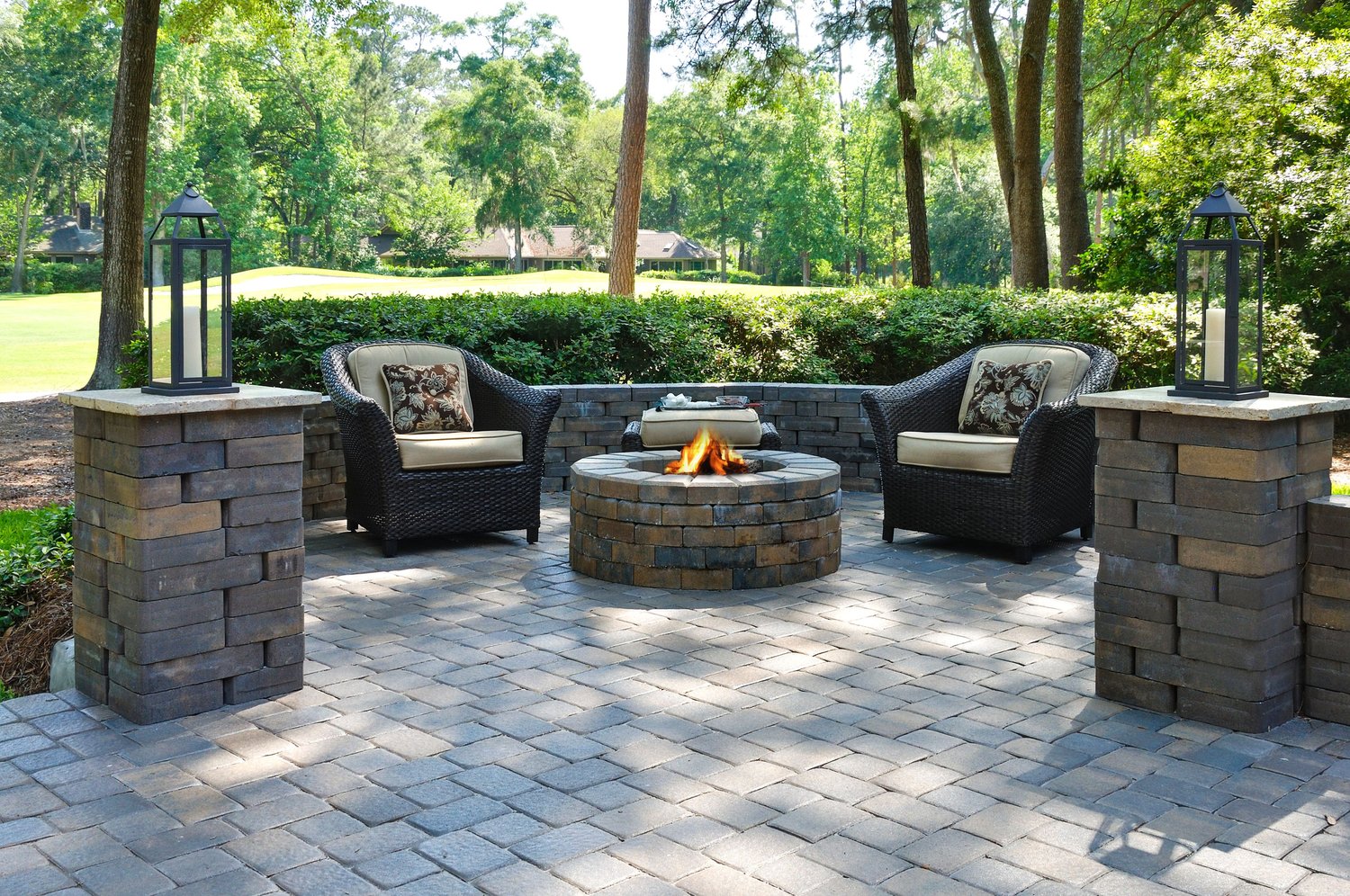Selecting the right furniture for your outdoor space requires careful consideration of several key factors that go beyond mere aesthetics. The perfect outdoor furniture combines weather resistance, comfort, and design elements that complement your home’s exterior and landscape. This comprehensive outdoor furniture guide will help you navigate the sometimes overwhelming process of choosing patio furniture that withstands the elements while creating an inviting atmosphere for relaxation and entertainment. From material selection to arrangement tips, we’ll cover everything you need to create your ideal outdoor sanctuary.
Understanding Your Outdoor Space
Before diving into furniture options, take time to assess your outdoor environment. The size, shape, and exposure of your patio, deck, or garden will significantly influence your furniture choices. A small balcony might accommodate a bistro set, while a spacious patio could host sectional seating and dining areas. Consider how the space receives sunlight throughout the day—areas with full sun exposure require more durable materials than shaded spots. The regional climate also plays a crucial role in selecting appropriate materials for durable garden seating. Coastal homes face salt air challenges, while northern regions must contend with freezing temperatures and snow loads. Mapping your space and understanding environmental factors forms the foundation of smart outdoor furniture decisions.
Weather-Resistant Materials Worth Considering
The longevity of outdoor furniture largely depends on material selection. Teak and cedar naturally resist rot and insects, developing a distinguished silver patina over time if left untreated. For a more modern approach, powder-coated aluminum offers exceptional rust resistance while remaining lightweight for easy rearrangement. Resin wicker, unlike its natural counterpart, withstands moisture and UV exposure without deteriorating, making it perfect for creating stylish outdoor decor with traditional appeal. High-quality outdoor-grade fabrics like Sunbrella resist fading and mildew, maintaining vibrant colors for years. When browsing furniture options, inquire about specific weather ratings and material treatments that enhance durability in your particular climate conditions.
Balancing Comfort With Durability
Creating an outdoor living space that rivals indoor comfort requires attention to ergonomics and cushioning. Deep seating with proper back support encourages extended relaxation, while dining chairs should provide comfortable posture for meals. Quality cushions feature quick-drying foam cores wrapped in water-resistant fabrics that prevent moisture accumulation. When choosing patio furniture, test pieces before purchasing whenever possible—sit in chairs, recline on loungers, and assess height relationships between seating and tables. Remember that the most beautiful furniture becomes worthless if it’s uncomfortable. Many homeowners find their outdoor areas go unused simply because the seating proves inhospitable after brief periods. As experts at AskHomey often advise, investing in comfort pays dividends through increased enjoyment and utilization of your outdoor spaces.
Design Cohesion: Matching Style With Architecture
Your outdoor furniture should create visual harmony with your home’s architectural style and surrounding landscape. Contemporary homes pair beautifully with clean-lined furniture featuring metal, concrete, or minimalist designs. Traditional houses complement classic wood pieces, ornate details, and softer forms. Consider color relationships between your home’s exterior, hardscaping elements, and furniture selections. Neutral furniture provides versatility and longevity, while accent pieces in bolder hues can introduce seasonal color without major investment. The most successful outdoor spaces reflect intentional design rather than random furniture acquisition. Even modest budgets can achieve cohesive looks by prioritizing key pieces and adding to collections over time.
Maintenance Requirements and Storage Solutions
Even the most durable garden seating requires some level of maintenance to maximize lifespan. Honest assessment of your willingness to perform upkeep should influence purchasing decisions. Some materials demand seasonal cleaning, protective treatments, or cover applications during harsh weather. Others need minimal attention beyond occasional washing. If winter storage proves necessary, evaluate available space and furniture that stacks, folds, or disassembles easily. Investing in quality furniture covers extends longevity significantly, particularly for cushioned items. The convenience of maintenance-free materials sometimes justifies higher initial costs when factoring long-term ownership expenses.
Investment Considerations and Quality Markers
Quality outdoor furniture represents a significant investment that pays returns through extended durability and enjoyment. When evaluating options, examine construction details like joint reinforcement, hardware quality, and fabric stitching. Well-made pieces feature consistent finishes, smooth edges, and sturdy weight-bearing capacity. While budget constraints affect everyone’s decisions, allocating resources toward foundational pieces that receive daily use makes practical sense. Accessory items with shorter lifespans or changing style appeal can accommodate more budget-friendly approaches. Many retailers offer modular collections allowing gradual acquisition as budgets permit, creating cohesive outdoor environments over multiple seasons.
Creating Functional Outdoor Living Zones
Thoughtful furniture arrangement transforms outdoor spaces into functional extensions of indoor living. Consider creating distinct zones for dining, conversation, and relaxation through furniture groupings. Conversation areas benefit from inward-facing seating arrangements encouraging interaction, while dining spaces need adequate clearance for chair movement and service access. Shade structures or umbrellas provide necessary comfort during peak sun hours, extending usability throughout the day. The most successful outdoor living spaces balance open areas with intimate settings, accommodating both large gatherings and private moments of solitude.
For more tips and to connect with reliable home service professionals, follow AskHomey on Facebook and Instagram.



